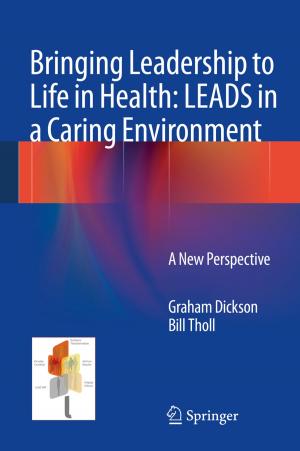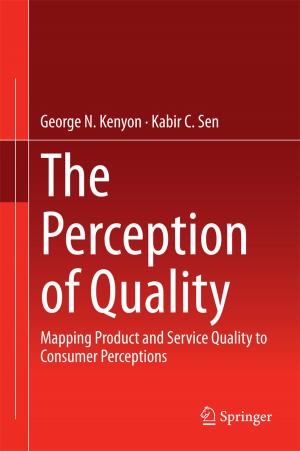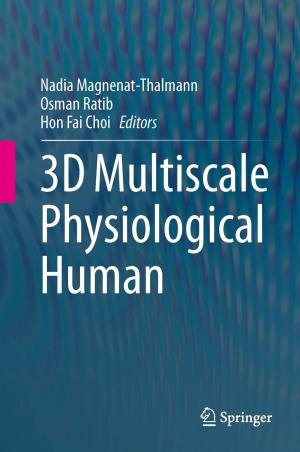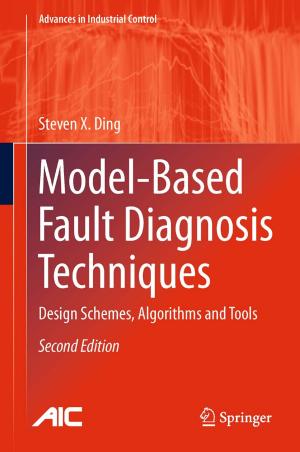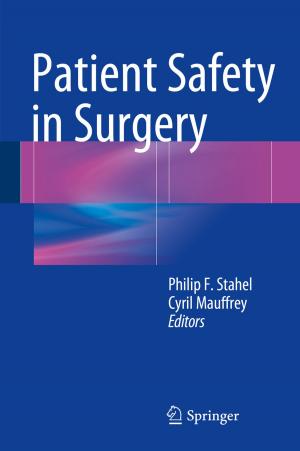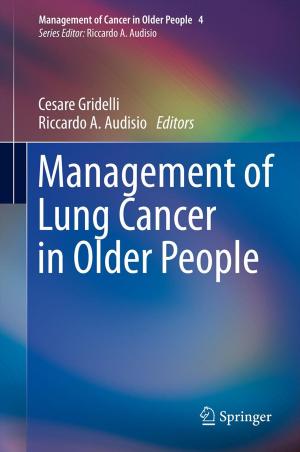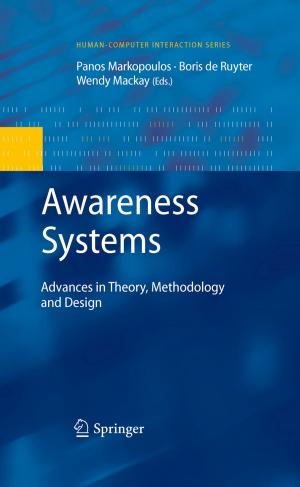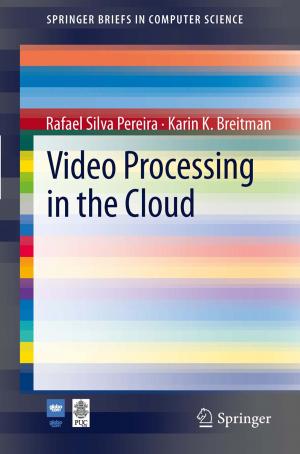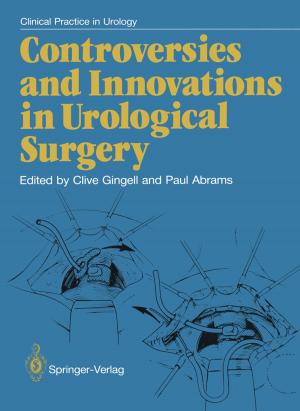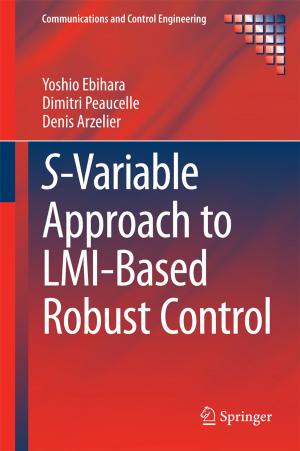Physiological Assessment of Coronary Stenoses and the Microcirculation
Nonfiction, Health & Well Being, Medical, Medical Science, Biochemistry, Specialties, Internal Medicine, Cardiology| Author: | ISBN: | 9781447152453 | |
| Publisher: | Springer London | Publication: | August 10, 2017 |
| Imprint: | Springer | Language: | English |
| Author: | |
| ISBN: | 9781447152453 |
| Publisher: | Springer London |
| Publication: | August 10, 2017 |
| Imprint: | Springer |
| Language: | English |
Since the introduction of coronary angiography, a key technique in understanding coronary artery disease, a number of paradigms regarding its study and interpretation have taken place. Following an emphasis on improved angiographic and subsequent intracoronary imaging techniques, functional assessment of coronary circulation has demonstrated to have major implications for diagnosis and treatment of coronary artery disease. Fractional flow reserve, a pressure derived index of stenosis severity, constitutes the best example of the current importance of physiological assessment in clinical practice. However, the acceptance of FFR by cardiologists contrasts with important voids in knowledge on the basic principles of coronary physiology and of other available techniques that, as an alternative to FFR, allow a more comprehensive assessment of coronary circulation. This is particularly noticeable in the assessment of microcirculation, an unavoidable compartment of coronary circulation that is frequently affected in acute coronary syndromes of in the presence of cardiovascular risk factors or non-coronary heart disease. A deeper understanding of the relationship between epicardial vessel and microcirculatory involvement has started with the advent of newer imaging techniques like invasive optical coherence tomography, and non-invasive CT and NMR techniques. This book aims to be an indispensable tool for clinicians and researches in the field of coronary artery disease. It provides a balanced, comprehensive review of anatomy, physiology and available techniques, discusses both the diagnosis of epicardial vessel and microcirculatory disease, the impact of different diseases at different levels of coronary circulation, and the best way to address a separate or combined assessment of different levels of coronary circulation.
Since the introduction of coronary angiography, a key technique in understanding coronary artery disease, a number of paradigms regarding its study and interpretation have taken place. Following an emphasis on improved angiographic and subsequent intracoronary imaging techniques, functional assessment of coronary circulation has demonstrated to have major implications for diagnosis and treatment of coronary artery disease. Fractional flow reserve, a pressure derived index of stenosis severity, constitutes the best example of the current importance of physiological assessment in clinical practice. However, the acceptance of FFR by cardiologists contrasts with important voids in knowledge on the basic principles of coronary physiology and of other available techniques that, as an alternative to FFR, allow a more comprehensive assessment of coronary circulation. This is particularly noticeable in the assessment of microcirculation, an unavoidable compartment of coronary circulation that is frequently affected in acute coronary syndromes of in the presence of cardiovascular risk factors or non-coronary heart disease. A deeper understanding of the relationship between epicardial vessel and microcirculatory involvement has started with the advent of newer imaging techniques like invasive optical coherence tomography, and non-invasive CT and NMR techniques. This book aims to be an indispensable tool for clinicians and researches in the field of coronary artery disease. It provides a balanced, comprehensive review of anatomy, physiology and available techniques, discusses both the diagnosis of epicardial vessel and microcirculatory disease, the impact of different diseases at different levels of coronary circulation, and the best way to address a separate or combined assessment of different levels of coronary circulation.

